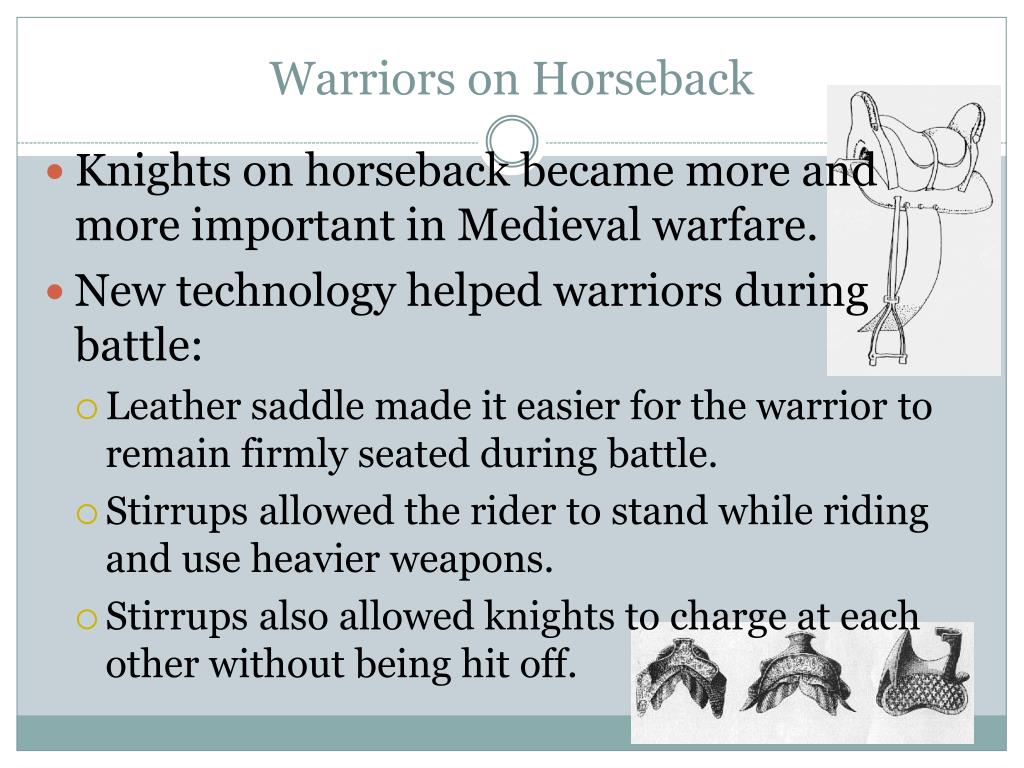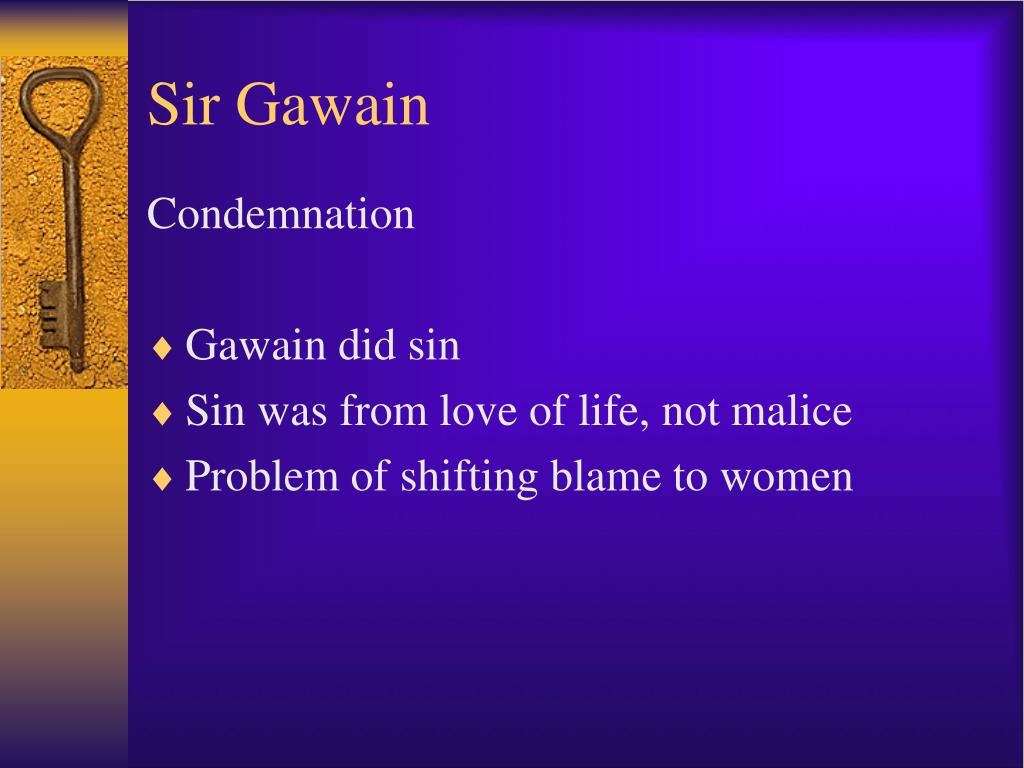

That sithen de preced provinces and patrounes bicome Hit was Ennias the athel and highe kynde, Was tried for his tricherie, the trewest on erthe– The tulk that the trammes of tresoun ther wroght The bo rgh brittened and brent to brondes and askes, Sithen the sege and the a ssut was se sed at Troye, (You can listen along and see a translation in this brief video.) In addition to a standard allerative stanza, the author of SGGK, chose to add a bob and wheel at the end of each stanza. Where this dialect seems somewhat foreign because of the various cultural influences (i.e., Celtic, Scottish, etc.), the southern, London dialect is more intelligible due to the cosmopolitanism of the city, as well as the hub of “proper” English of which we are linguistic heirs. SGGK is written in a midland dialect and is part of what is known as the Alliterative Revival of the fourteenth century-look at the first stanza below and note the use of alliteration within the original Middle English. This text emerges from Welsh, Irish and English tradition and highlights the importance of honor and chivalry.

SGGK contains one of the best examples of the “Beheading Game”-found in French Romance and thought to come from the Middle Irish tale Bricriu’s Feast. 13th Century French Romances and Geoffrey of Monmouth.

Though only in one MS, SGGK is well written and employs many literary allusions and builds off of texts that came before it-i.e. SGGKsurvives in a single manuscript-three other texts, presumably written by the same author, are found the same manuscript (MS): Pearl, Patience, and Purity. 1375-1400-which is contemporaneous with Chaucer. We do not know who wrote this text, so he is often just referred to as “The Gawain Poet.” The text is thought to be written in c. This is a stunningly wonderful poem utilizing a variety of poetic elements, ornate language and at the same time, “just a cracking good read!” So, while there are many stories that were circulating about the great knight Gawain, probably the most well-known and most beautifully written of the Gawain tales is Sir Gawain and the Green Knight. Even in Marie de France’s Lanval, Gawain makes a brief, albeit important appearance. There are many English poems that bear his name, even if he might only play a minor role in the story (i.e., Ywain and Gawain). Gawain was often touted as the most chivalric and honorable of all of the knights at the round table. The Arthurian tales include stories about the knights that stood by Arthur’s side and served him gallantly. Arthur was considered to the be the ideal king, serving unerringly God and Country. 7 Sir Gawain and the Green Knight IntroductionĪrthurian romances were a popular genre of the High and Late Middle Ages.


 0 kommentar(er)
0 kommentar(er)
